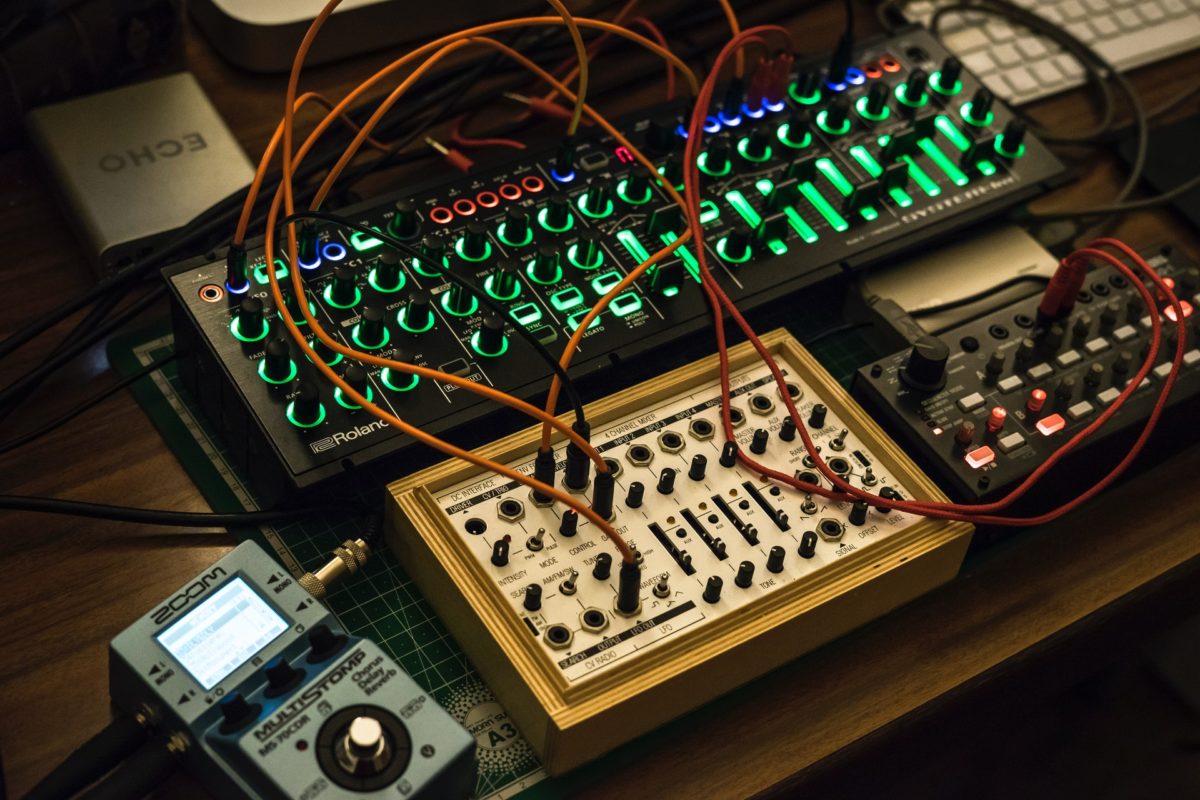Remember the first time you opened your DAW and started fiddling with the synths? There were so many controls, knobs, sliders, matrices, all interacting in strange and magical ways.
Very cool. And very intimidating.
You might have turned a knob here, tweaked a filter there, then gotten frustrated when the sound it produced wasn’t earth-shatteringly awesome.
Many people throw up their hands and switch to the built-in presets at this point, but if you’re like me, this feels a bit like cheating. Fortunately, there’s a way to better understand your synths, with the help of (not by relying on) presets.

Start by deciding on the kind of sound you want to create. Are we going for raw distortion, smooth and silky pads, epic house leads?
Search through your presets until you find one that fits, or at least comes close. In a moment you’ll see how what you create will be even BETTER than this preset.
Now study the preset. Tweak some knobs, figure out what controls are most important to producing that particular sound. Just get a general idea of what is doing what.
Next, create a duplicate track containing the same synth with NO presets turned on. Here’s the hard part: Try to rebuild the preset from memory while you listen to it.

You probably won’t be able to – but here’s the beautiful part. As you work and listen, you’ll probably start thinking things like, ‘hm, I really like that distortion, let’s crank it up a bit more!’
In other words, as you start understanding the parts that make up the sound, you also see how to make adjustments so it fits what you had in mind – even better than the preset did!
Likely, you’ll have to glance at the preset controls from time to time, especially for complicated layouts. Just remember you aren’t making an exact reproduction, but a personal variation.

So where do we go from here? You could save your variation as your own preset, keep tweaking it with additional plugins, or just use it as is.
There’s no doubt however, that building the preset from scratch teaches you a LOT about how the synth works – and each time you build a new one, you’ll learn even more.
After doing this a few times, you’ll should know enough to start creating your own sounds from scratch. All from a synth that started as a confusing pile of knobs and switches. Nice work.
Credits:
‘Analog Audio Mixer’ by Carlos Santos from Pexels
‘Monochrome Photography of People Shaking Hands’ by by Savvas Stavrinos from Pexels
‘PErson Wearing Prootective Mask’ by Kateryna Babaieva from Pexels

